How To Choose a Kitchen Knife
I am thrilled to post this article from Cooking Instructor and Knife Expert Peter Hertzmanm who is the author of the book above, Knife Skills Illustrated – A User’s Manual. If you are thinking of purchasing your first knife or finding one that’s right for you, read the article below in its entirety. It offers some of the best information I have ever read on the subject.
If you enjoy the article, please check out my Novice2Pro Interview with Peter here. Not only will you learn more about knives and knife skills, Peter offers some great tips on writing and publishing your own book.
Molly Stevens from the Food Network said, “Knowing how to slice and dice with precision and efficiency is not a natural gift – it’s an acquired skill that starts with good training and develops with practice. Here Peter Hertzmann provides the step-by-step instruction that every cook needs on how to properly handle kitchen knives (he even tells you which knife to use when). Opinionated and thorough, this book lays the foundation for success in the kitchen.”
And these are just two of many great testimonials from celebrity chefs. But I think after you read this informative article about choosing the right knife, you will be convinced.
And don’t forget to check out my own articles on this subject, How to Choose & Buy Kitchen Knives and How to Choose a Chef’s Knife
How To Choose & Buy a Kitchen Knife
How to choose a knife for one’s personal use is a multifaceted challenge involving much honest soul-searching. Or one can just buy a knife that feels good. I firmly believe that each of us should “test drive” any knife we plan to buy in a real-world environment before purchase. Ignore advice from friends, store clerks, Internet buddies, and experts like me. Return well-meaning gifts, and never purchase a set of knives.
Grab a couple of carrots, march off to your knife store, and insist that you want to try any knife before you purchase it. If the store has a policy against testing, find a different store.
When I teach, I bring a half dozen, assorted, 10-inch chef’s knives with me for people to try. Some people prefer the $30 stamped blade with the plastic handle, some the $500 multilayered blade with the exotic wood handle, and some one of the medium-priced knives. There never is one knife that a majority of students prefer. Whatever you do, don’t buy a knife based on appearance.
But that’s the short answer””now for a longer one. First of all, you need to assess your own personal knife skills.
Do you come from the one knife for all applications school, or do you wield a chef’s knife like a pro? There are people, like my mother-in-law, who wouldn’t think about using any knife other than a paring knife with a 3-inch long, somewhat dull blade on her 6 by 8-inch cutting board. At 87, I don’t think I could ever change her mind, even though she has watched me blazing away with a 10-inch chef’s knife for hours at a time.
What Type of Knife To Buy?
I believe that each of us should be using the largest chef’s knife we can handle for most tasks in the kitchen. For the majority of the remaining jobs, the shortest paring knife I can find is my preference. But I cannot recommend that you purchase a 10-inch long blade if you have a small kitchen and don’t have sufficient space for a large cutting board.
But if you do, you’ll find that you can do more jobs with greater precision with a long blade. The longer blade, when used with the tip in continuous contact with the board, will produce less fatigue because you won’t have to raise your shoulder as high when you slice.
The curve of a longer blade will tend to be straighter than a shorter blade with the same design. This will also reduce fatigue. But hold a series of blades from different manufacturers of the same size next to each other and compare the profile of the cutting edges. The more curved edges will require more up and down motion with your cutting hand and arm and more angulation of your wrist.
If we move down the cutting edge towards the handle, we’ll come to the heel of the blade. If the knife doesn’t have a bolster””that’s the thick area between the handle and the blade””the heel should have a rounded profile. One major brand grinds their heels to a sharp point. This looks very stylish, but it is easy to nick yourself on the heel simply by picking the knife up from the counter top.
Since I mentioned the bolster, I don’t like them on a chef’s knife. The bolster is a remnant from when daggers were used in the kitchen. The daggers of old had a hilt so the user’s hand didn’t slide onto the blade when it was being inserted into an opponent’s chest.
Some people claim that a bolster improves the balance of the knife, but I feel that it just gets in the way on a chef’s knife, especially if you want to sharpen the knife in a draw-through type of sharpener. This will work for while, but eventually, the cutting edge will no longer contact your cutting board near the heel, and you’ll have less blade to work with.
Opposite the cutting edge is the spine of the knife. If you are holding your chef’s knife with a pinch grip, as I believe you should, your index finger will be wrapped around the spine so you want one with smooth edges, not sharp ones. Also, some brands make two different thicknesses of spines. Avoid the heavy ones; these are designed for bone busting and the like. The thinner blades will slice a carrot much smoother.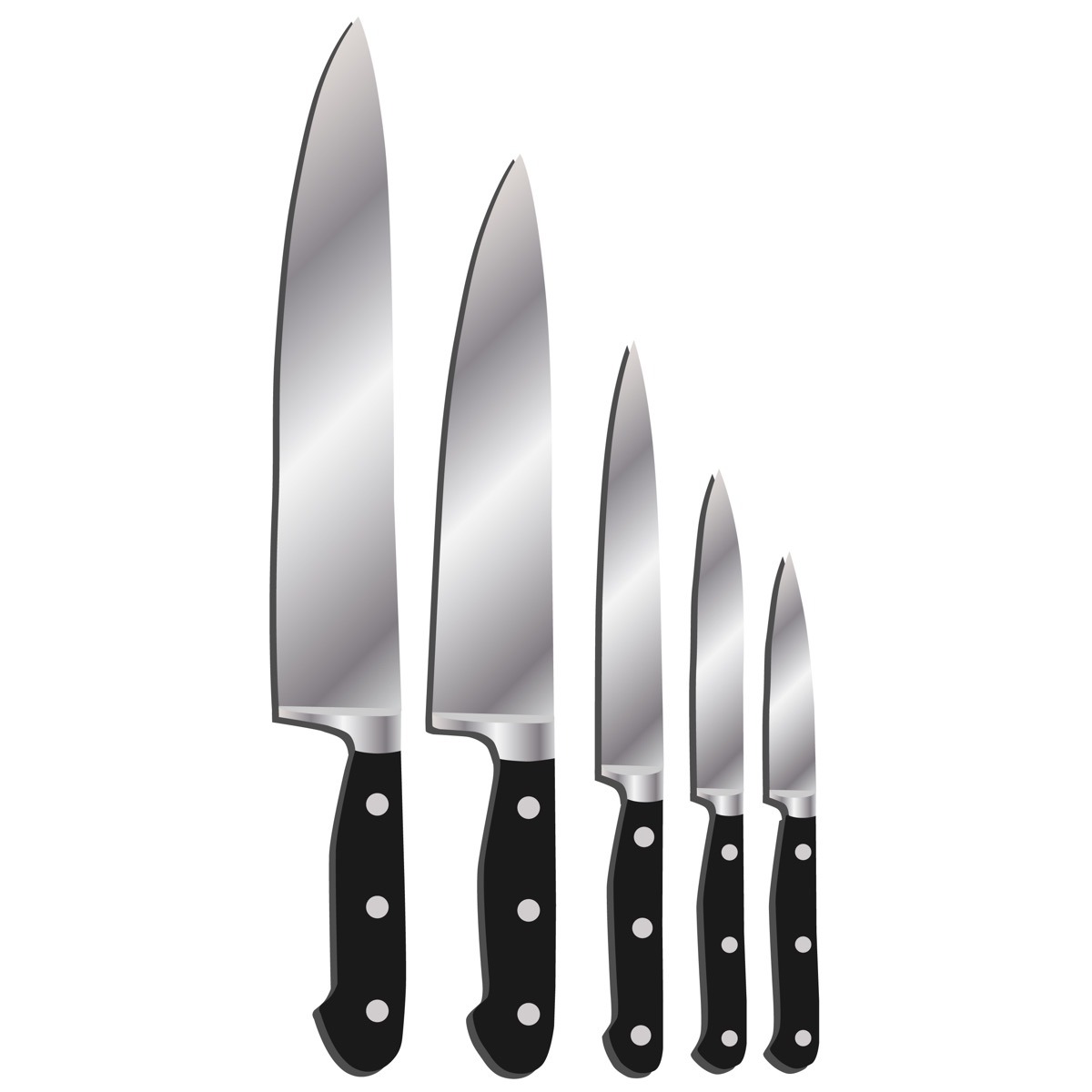
Stamped or Forged?
One other aspect of the blade that many people discuss is whether it is stamped or forged. What’s more important is how hard is the cutting edge? A properly heat-treated, stamped blade may be better than a poorly constructed forged blade.
The cutting edge is usually ground to a half angle of either 20 or 17 degrees. The 20-degree edge will generally hold up better, but the 17-degree edge will feel sharper. Some manufacturers, because of their proprietary techniques, produce a 17-degree bevel that is also extremely durable. Whichever you ultimately choose, be sure that your sharpening system matches the bevel so you don’t reset the angle the first time you sharpen it.
In the old days, the experts””whoever they are””said you needed a three-rivet handle with a full tang for proper durability and balance. Today, modern manufacturing techniques produce a handle that is tightly bonded to the blade. I’ve never seen a handle become loose on a modern knife. But as I said before, don’t buy a knife solely because you like the way the handle looks.
Feel Is Important!
Once again, feel is important. If you’re holding our chef’s knife with a pinch grip, as you should be, you’ll only have three fingers””middle, ring, and little””wrapped around the handle. I haven’t found a significant difference in the way different handles feel in my hand. I have found that some handles are so long and so massive that the knife begins to feel more like a baseball bat than a knife.
Also some knives, usually those with bolsters, may have features between the handle and the blade that are ground with sharp edges that are uncomfortable after long use.
If you feel that you must have more than two knives. I would suggest only two other additions. The first is a long-bladed””at least 10 inches””serrated knife for cutting hard-crusted bread and esoteric uses like topping artichokes. Choose the cheapest serrated knife you can find. For the most part, it is impractical to sharpen these knives.
A cheap, industrial serrated knife can often be found for less than $10. After ten years of use, when it’s dull, toss it out and buy a new one. Surprising, I’ve found that since my chef’s knives are very sharp, I use a serrated knife less often than I used to because the chef’s knife can make the same cuts with greater precision.
The “Other” Knife You Should Own
The other knife that is very helpful is a slicer for carving cooked meats. Because the distance from the cutting edge to the spine is short on a slicing knife, there is less drag with a slicer than with a chef’s knife. You’ll only need one of these if you have something to carve. If you only cook Chinese food, you’ll probably never need one of these. If you do decide to buy one of these, buy a long-bladed one so you can carve with long strokes.
Whatever you do, don’t be tempted to buy a set of knives, especially those stored in a block. The manufacturers make lots of different styles of knives and in some cases, variations of variations. They hope that the more products they make, the more will be sold.
The stores that sell knives also want you to have as many as your house will hold. They are very happy to sell you a fully loaded knife block; they make more money from that than from a single knife. But for you, the best chef’s knife may be of a different style or brand than the best paring knife.
Taking Care of Your Knife
Once you purchase that knife, how are you going to keep it as sharp as when it is new? Without getting into the details, remember that how you store the knife, how you clean it, what type of cutting board you use, and whether you chop or slice all effect how long your knife will remain sharp.
onlinesources: Kitchen Knives & Cutlery
There are lots of sources for purchasing quality Kitchen Knives including chef’s knives, pairing knives and boning knives. I suggest you check out your local department stores and kitchen supply shops but if you’re looking for a wide selection of products and prices, you may want to check out Amazon.com where I buy many of my favorite pieces of cookware.

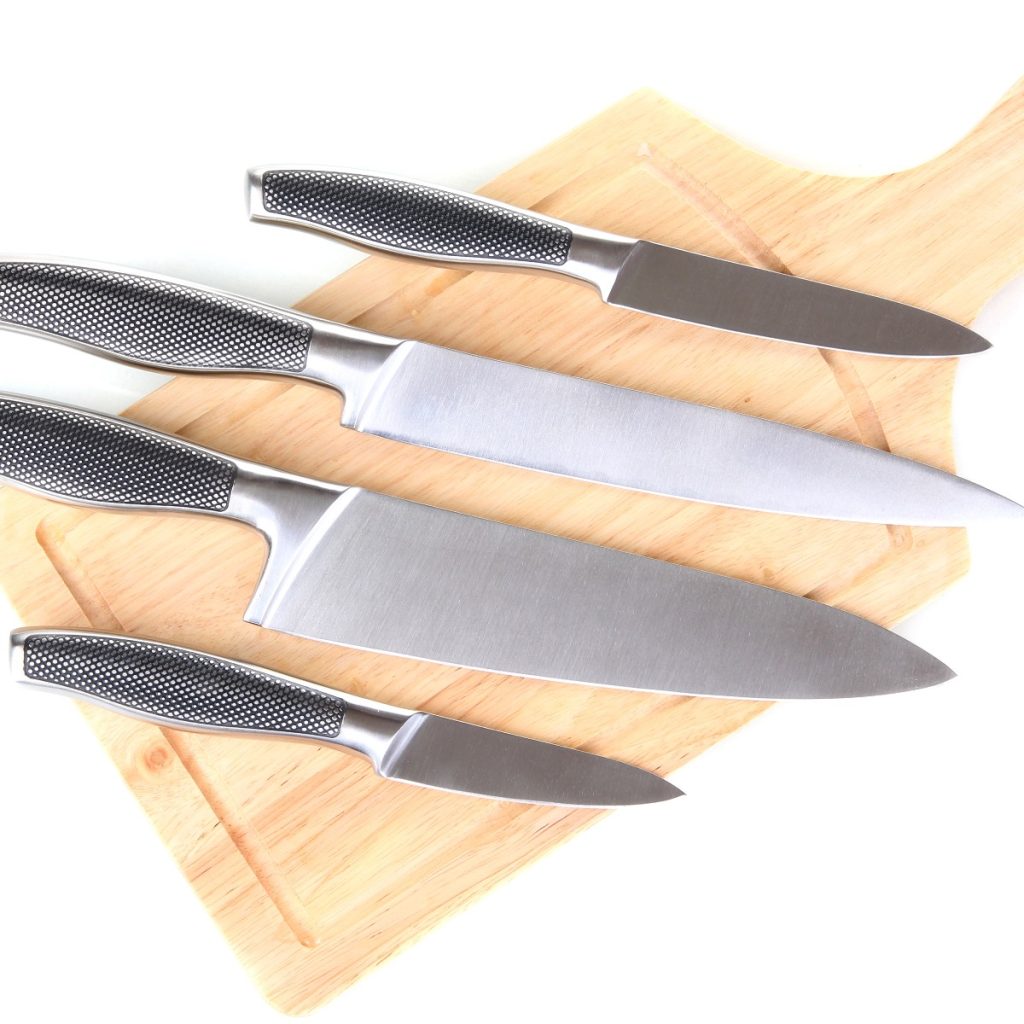




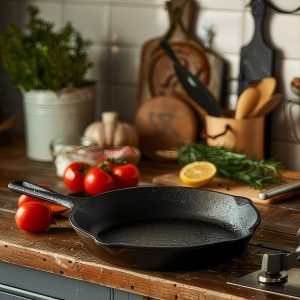
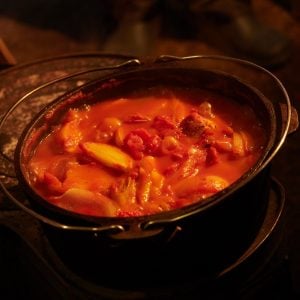
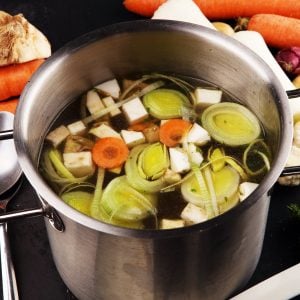
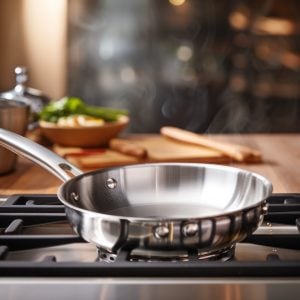
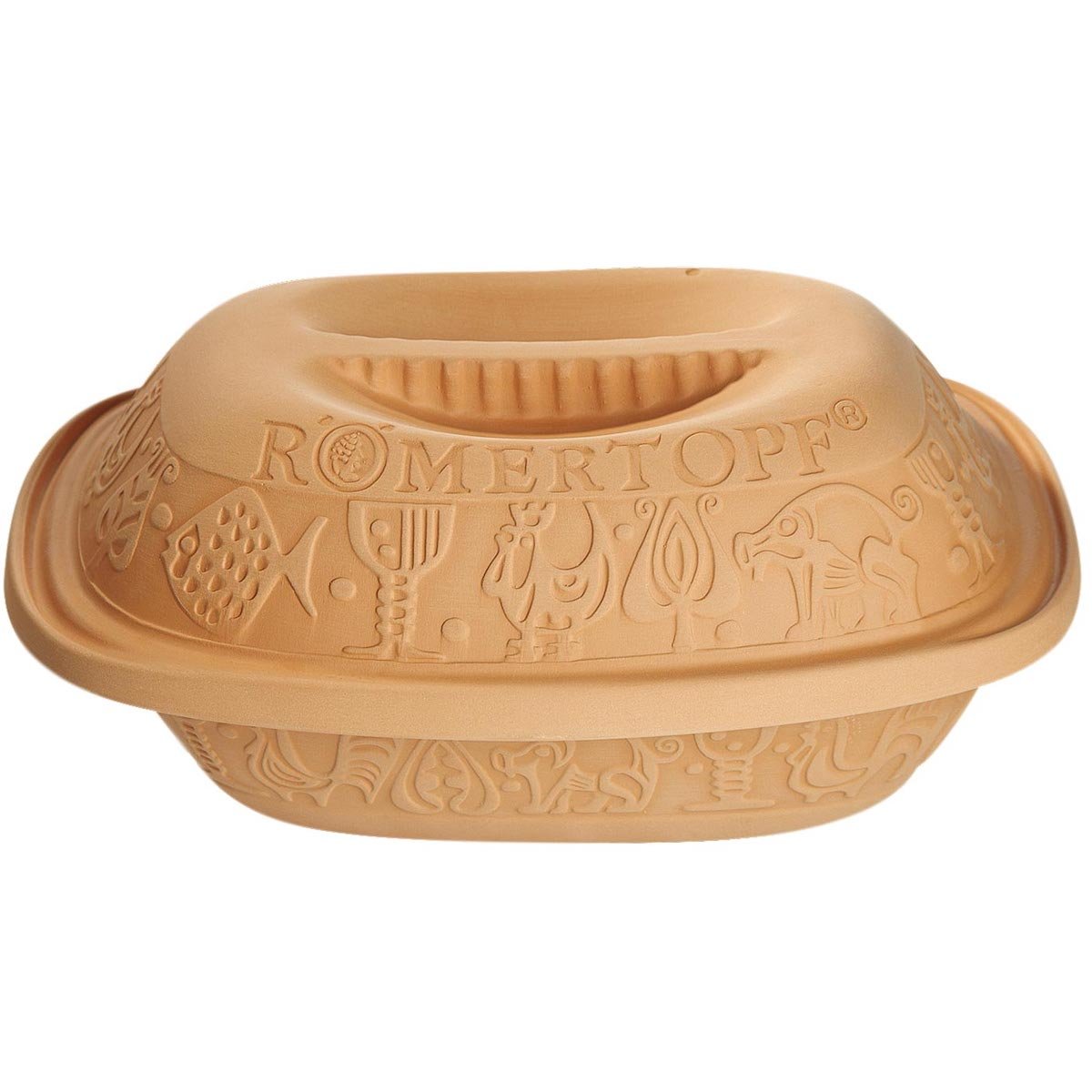
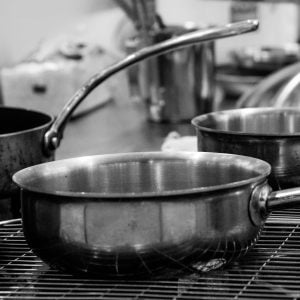
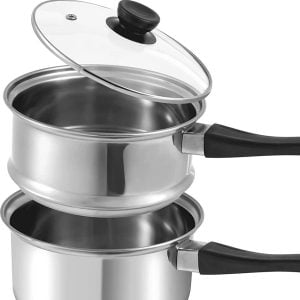


5 Responses
What a relief this article has been to me. You can’t imagine the abuse I have taken from my buddies about having my complete knife collection in one sheath. One Henckels 8 inch chef knife. I have forwarded this article to all of them. Now I have to convice them that my Arkansas stone and my steel beats their $100.00 gadget to keep a good edge. I have a $5.00 little knife somewhere but it never comes out until they show up. Then here comes more trash talk. All in fun, I must say.Thanks again.
I don’t disagree with anything in this article but I have another knife that I can’t do without. We eat quite a bit of shrimp and I have this very cool little knife with a curved blade that just draws down the shrimp vein like nobody’s business and makes de-veining my shrimp so easy. But since the blade is on the interior of the curve there is no good way to sharpen said blade so when it no longer moves easily through the shrimp, I will likely have to say goodbye.
I must disagree with the “two knife” idea. I find prep work faster when mached with the proper knife. A curved, reverse edge peeling knive works wonders over a straight paring knife. I do agree however with the grande slicer as an extra knife. I would not like to carve a standing rib or ham without one. I also could not do without a heavy cleaver. I guess I’m a nine knife chef!
wonderful article. I have just retired at 78 and in 1990 i bought a 7inch EVER-SHARPE knife in a charity shop it was the best buy I ever made (knife wise). Some twelve years ago I went to the French Patisserie school and left the knife in the UK. My wife is sure that I pined more for the knife than I did for her. Well I must admit it was a close run thing. When working in Roune I did not seemed to have that ‘je ne sais quoi’ with the college knives.
Hi Steve, thanks for the post. Is the Ever-Sharpe knife you lost still available? I’ve seen something called Forever Sharp but I doubt this is the same brand.